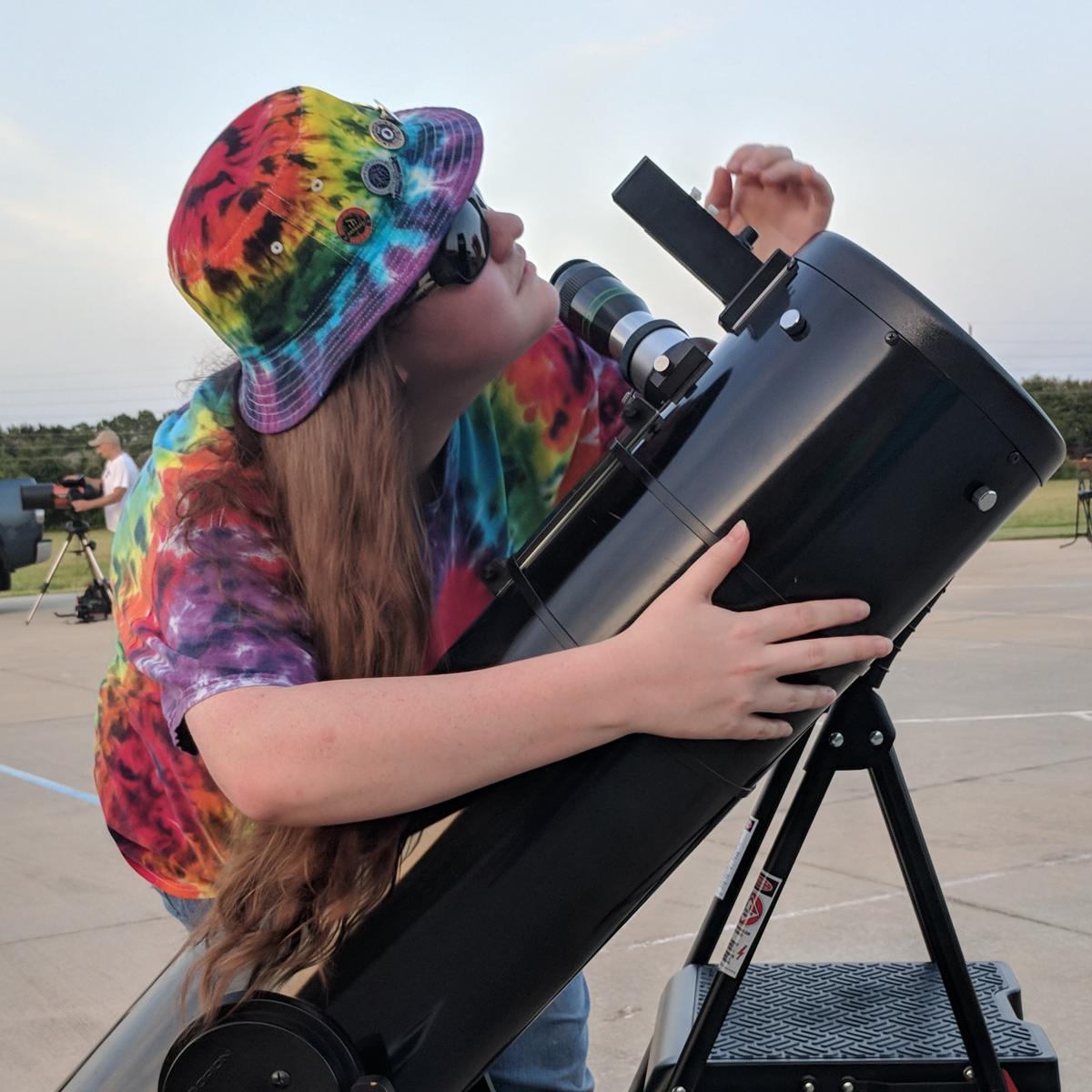
[Click here for the Oct.–Dec. schedule & registration links]
December Speakers
Michael Poxon has been visually observing variables since he was a high school student, using naked eye, binoculars, and telescopes, and has always been fascinated by starbirth. His degree is in linguistics, not physics! So he appreciates that not all our observers are science whizzes. He has run AAVSO's Young Stellar Objects Observing Section since its inception, and issues his own monthly YSO e-newsletter. In 197, while still in high school, he even independently discovered Nova Cygni!
Dr. Arne Henden received a Bachelor of Science in Astrophysics from the University of New Mexico in Albuquerque in 1972, and Masters in Physics from UNM in 1975. He later went on to receive a Master of Science in Astronomy in 1978 and a Ph.D. in Astronomy in 1985 from the University of Indiana in Bloomington. One of his early research experiences included a summer studying Cepheid pulsations with Art Cox at Los Alamos National Laboratory in New Mexico. Between the phases in his higher education, Arne worked for Dikewood Industries in Albuquerque, New Mexico, and Systems and Applied Sciences Corporation in Seabrook, Maryland. These jobs included working on software and systems development for Federal government contracts. After obtaining his Ph.D., Arne moved to The Ohio State University in Columbus to participate in the Columbus Project (later the Large Binocular Telescope) and to build astronomical instruments for the astronomy department. His instruments included CCD imagers, a spectrograph, a Fabry-Perot imager, and an NIR imager/spectrograph for the 1.8-m Perkins telescope in Flagstaff, Arizona. He was the AAVSO Director from 2005-2015, and subsequently retired to New Hampshire, where he runs BSM_NH for AAVSOnet, and experiments with CMOS cameras.
November Speakers
David Turner is Professor Emeritus at Saint Mary’s University in Halifax, Nova Scotia. He has spent a lifetime in astronomy in one way or another, from a Saturday night visit to Toronto’s David Dunlap Observatory at age seven, to six years creating and running planetarium shows at Laurentian University in Sudbury. He looks back on a lifetime of discoveries in astronomy, including: the smallest amplitude classical Cepheid (not Polaris!), first evidence for circumstellar extinction, many open star clusters bearing his name, and the intriguing meaning behind the star scene gracing the chancel ceiling at St. John’s Church in Lunenburg.
 |
Dr. John Thorstensen grew up near Albany, New York, earned his Bachelor's at Haverford College, and his PhD in 1980 at the University of California, Berkeley, where he studied the optical counterparts of X-ray sources. Since then, he has been on the faculty of the Department of Physics and Astronomy at Dartmouth College. His work at Dartmouth has centered on observations acquired at the MDM Observatory on Kitt Peak, Arizona, where he spent well over 1,000 nights at the telescope, yielding over 100 refereed publications, mostly on CVs. He developed the widely-used time-and-the-sky software JSkyCalc, which arose largely out of his observing experience. |
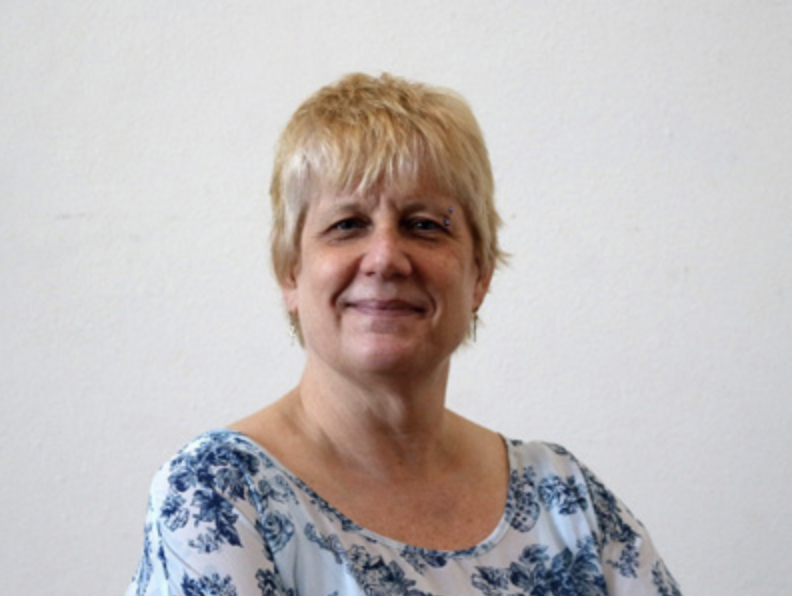 |
Dr. Kristine Larsen has been an astronomy professor at Central Connecticut State University since 1989. Her teaching and research focus on the intersections between science and society, including Gender and Science; science and popular culture (especially science in the works of J.R.R. Tolkien); and the history of science. She has received numerous awards, including the Connecticut Science Center’s Petit Family Foundation Women in Science Leadership Award, and the Walter Scott Houston Award of the North East Region of the Astronomical League. She is the author of the books Stephen Hawking: A Biography, Cosmology 101, The Women Who Popularized Geology in the 19th Century, and Particle Panic! |
January Speakers
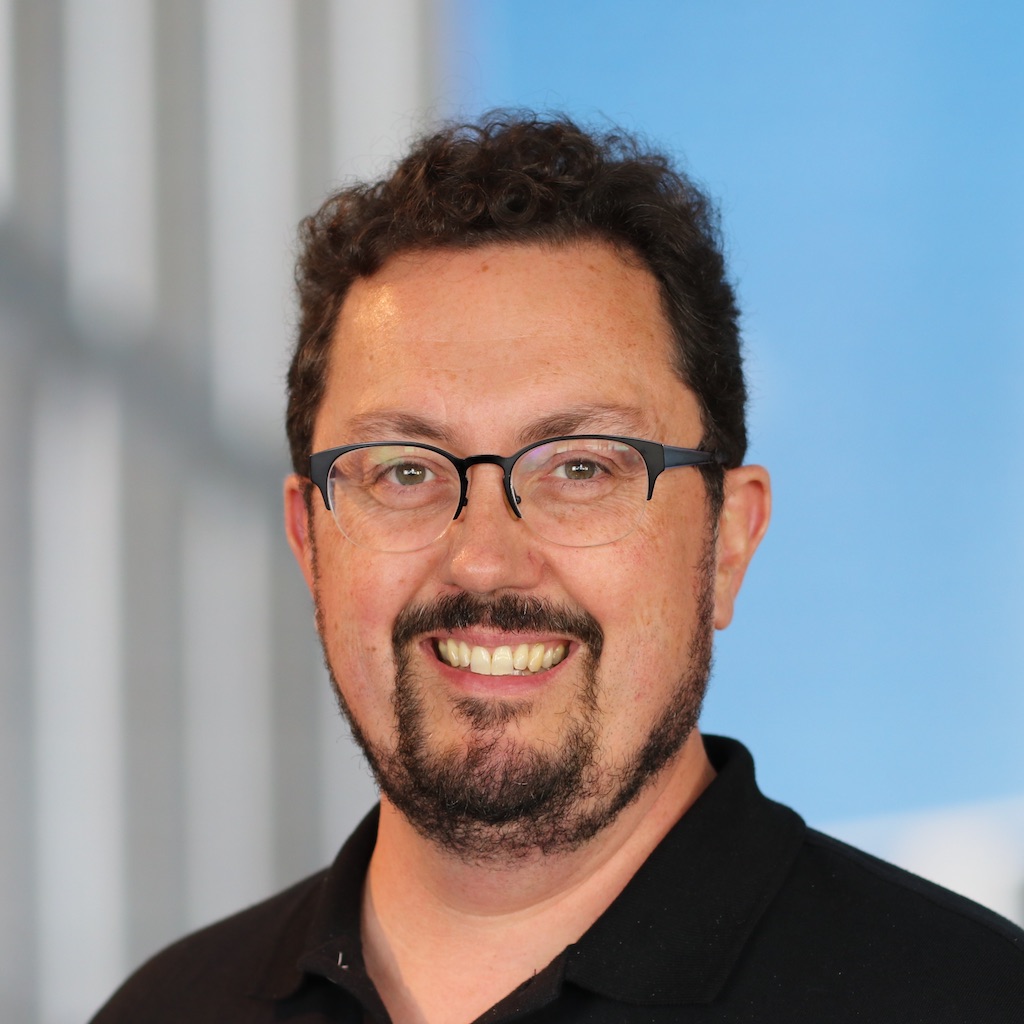 |
Dr. Matthew Kenworthy is an associate professor at Leiden Observatory in the Netherlands. His research is on the direct imaging of extrasolar planets around nearby stars using the world's largest telescopes. More recently, he has become interested in searching for the transit of giant ring systems around exoplanets. |
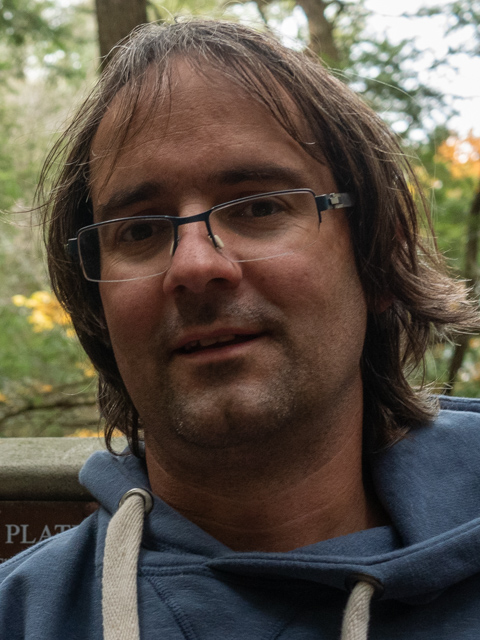 |
Dr. Hans Moritz Günther received his undergraduate degree in Physics from the University of Hamburg, Germany, with a thesis on accretion signatures in T Tauri stars. He expanded that research for his PhD at the same institution. He also started to work on Roman river warships at that time. In 2010, Dr. Günther came to the U.S. as a Post-Doc, and is now a staff researcher at MIT. He is an active contributor to the development of astronomical software, and maintains the ray-tracing code for the Chandra X-ray observatory. |
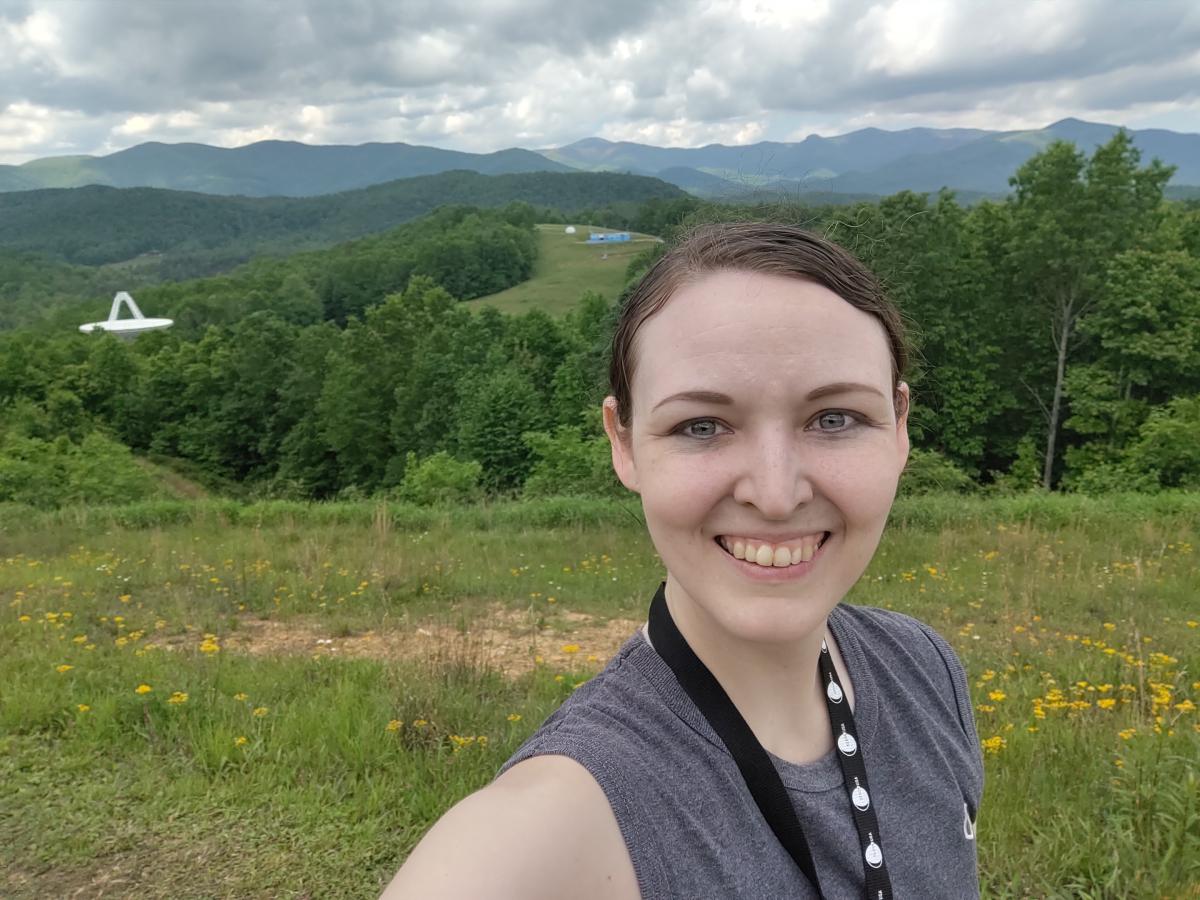 |
Melanie Crowson is the education director for the Pisgah Astronomical Research Institute. A recent graduate from American Public University in spring 2020 with a Masters of Science degree in astronomy and space studies, with honors. She's the former Vice Chair of the Board for SEDS USA, and Darrell Cain award recipient of 2017, as well as AAVSO Ambassador. An active participant in research projects on variable stars, with a passion for astronomy starting from childhood and fostered through years of homeschooling. Melanie's interest in stars was solidified when she built a telescope with her dad. |
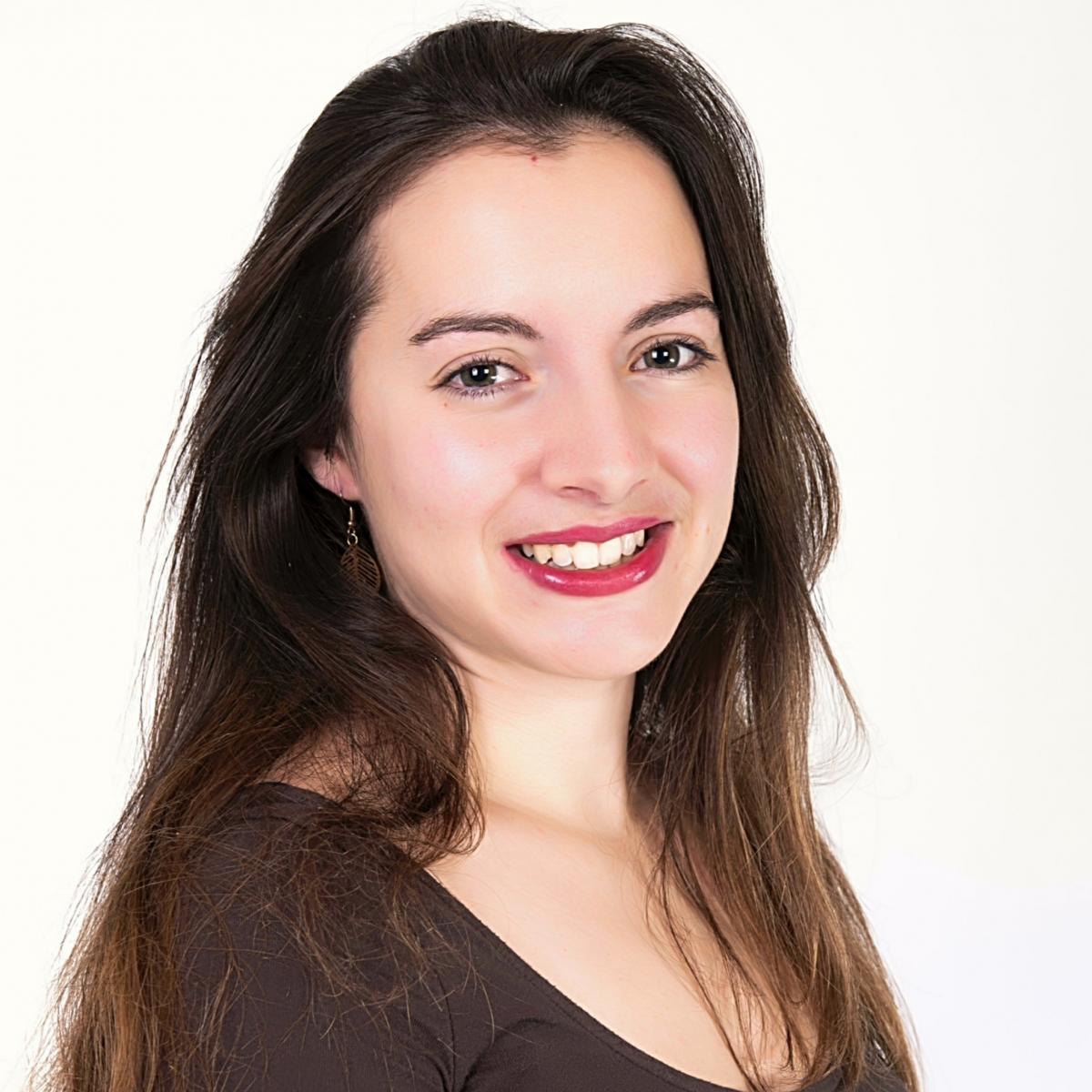 |
Dr. Sarah Antier is an astrophysicist at Laboratoire Astroparticule et Cosmologie (Paris, France). She is member of the Virgo collaboration and PI of the GRANDMA collaboration. |
February Speakers
| Dennis Conti is currently Chair of AAVSO’s Exoplanet Section. He is author of “A Practical Guide to Exoplanet Observing” (see www.astrodennis.com), has spoken at various amateur astronomy clubs on the subject, published articles in Astronomy and Discover magazines, and conducted workshops and online courses on exoplanet observing. In addition, Dennis is currently a member of the TESS exoplanet follow-up team; as the liaison between the AAVSO and TESS, he qualified a number of citizen astronomers to be official TESS ground-based observers. |
 |
Dr. Luisa Rebull is a research astronomer at the NASA/IPAC Infrared Science Archive (IRSA) at Caltech. Ever since she was very little, she has always wanted to be an astronomer. She earned her undergraduate degree in physics from the College of William and Mary in Virginia, and her graduate degrees in astronomy and astrophysics from the University of Chicago. She has been on the science staff at IPAC since 2002. Her research focuses on the formation of young, low-mass stars (stars ~1 to 50 million years old) all over our Galaxy, and in understanding how stellar rotation changes over the first billion years of a star’s life. |
 |
Dr. Margarita Karovska (Center for Astrophysics | Harvard & Smithsonian) is an astrophysicist who has worked on variable stars for many years (starting with her PhD Thesis on Betelgeuse). She has studied LPVs (and their companions) using ground- and space-based multi-mission observations at wavelengths ranging from X-ray & UV-optical to radio. Key to the success of these studies include the AAVSO long-term observations and monitoring of LPVs, and the supporting observing campaigns on specific objects, including several symbiotic systems containing LPVs with hot accreting companions. |
March Speakers
 |
Dr. Barbara Harris is a retired physician who has been interested in astronomy since high school. She got my first CCD camera in 1999 and decided she wanted to put her CCD camera to work by doing science, so she learned CCD photometry. She added DSLR photometry in 2015 as a method to measure bright stars. |
 |
Dr. Steve B. Howell is a senior research scientist at the NASA Ames Research Center in Mountain View, California. He was formerly the Head of Space Science and Astrobiology for the NASA Ames Research Center, and the project scientist for NASA's premier exoplanet finding missions: Kepler and K2. Steve received his PhD in Astrophysics from the University of Amsterdam, and has worked in many aspects of astronomy, including pioneering the use of charge-coupled devices in astronomy; building new technology instruments for ground and space-based telescopes; and university research, education, and public outreach programs. Howell wrote over 800 scientific publications and numerous popular and technical articles. He also authored and edited nine books on astronomy and astronomical instrumentation, and wrote two science fiction books related to exoplanets. |
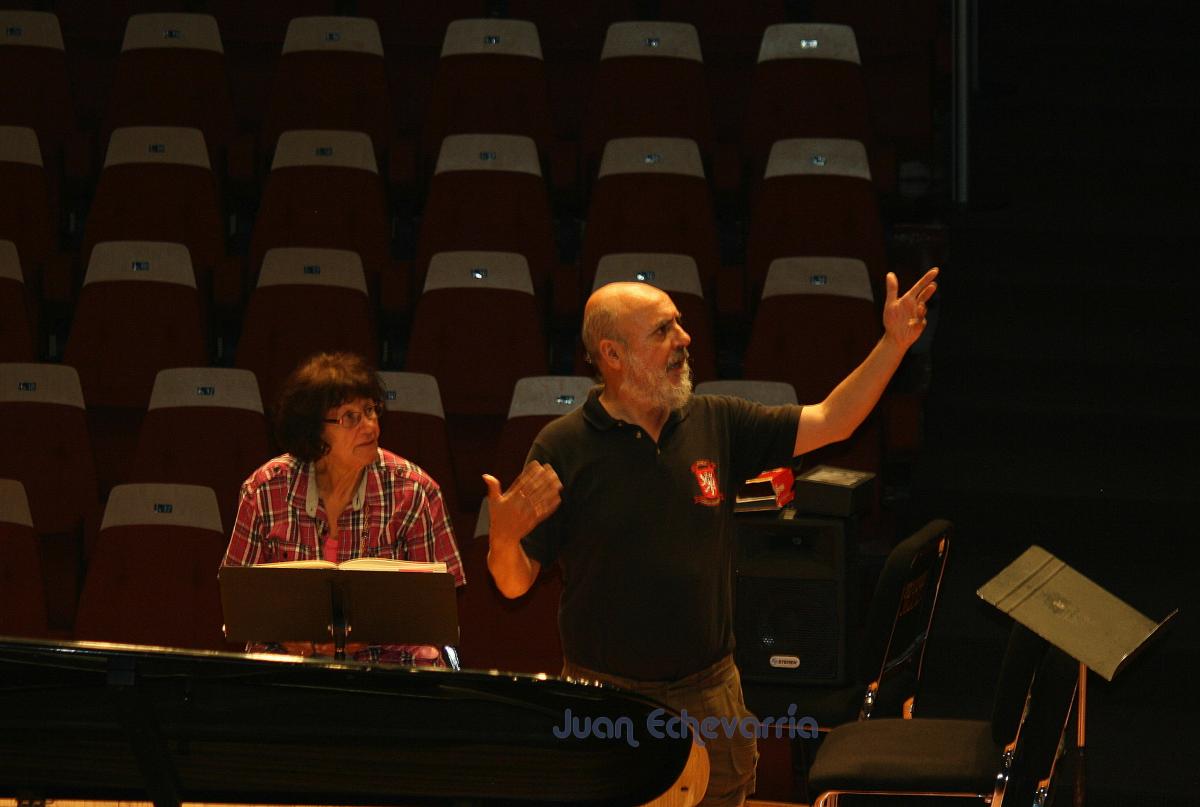 |
Dr. Echevarría is a well known astronomer in the field of cataclysmic variables. He has written around fifty peer reviewed articles in his field and has also collaborated on around twenty-odd publications in other fields, like interstellar matter, planetary nebulae, cellar formation regions, open clusters, blazars, and neutron star pulsar binaries. He has worked closely with the AAVSO for several decades, in particular to try to detect dwarf novae during the early stages of outburst. |
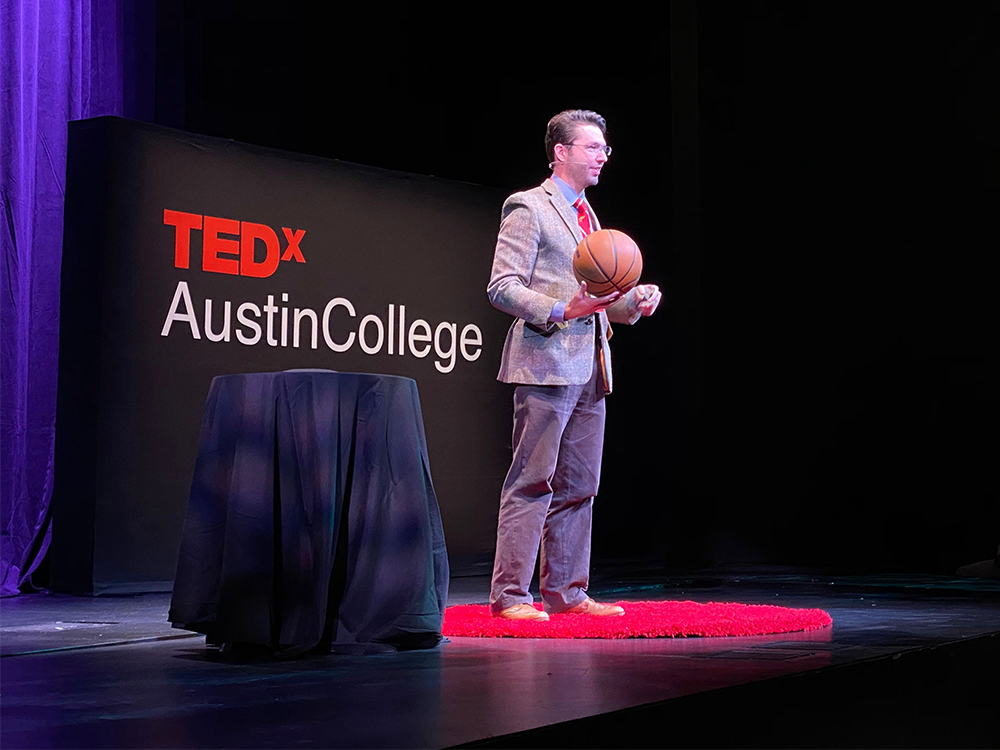 |
Dr. David Whelan is an astronomer, and a professor in the Physics Department at Austin College in Sherman, Texas. Along with two of his students, Megan Frank and Jessica Junginger, he pursued the classification of Algol C in the Fall of 2020, using the Adams Observatory at Austin College. |
April Speakers
AAVSO's Short Period Pulsator (SPP) Observing Section is comprised of AAVSO observers who are passionate about observing stars that pulsate with periods from minutes to a few weeks. Why should we observe these stars? For many reasons, including the period-luminosity relation of certain classes of pulsating stars allows them to be used as distance indicators. As we refine our understanding of this relation, it necessitates slight adjustments in the entire cosmic distance ladder. Also, we can see stellar evolution in the making: some stars show changes that could be evidence of the star evolving off the main sequence. Many changes that occur in the pulsational period of these objects are active research areas.The SPP section aims to provide AAVSO observers with a wide variety of targets that will provide a range of challenges, and result in data that is useful to researchers when submitted to AAVSO's databases. For more information on the SPP section, please visit https://www.aavso.org/aavso-short-period-pulsator-section.
Speakers of the SPP webinar:
Eric Hintz is the associate chair of the Department of Physics & Astronomy at Brigham Young University. He has been studying delta Scuti variables since he was an undergraduate at Case Western Reserve University, where he worked on SX Phe. Therefore, he has been doing research on delta Scuti variables for 34 years. In addition to SPP variables, Eric gets pulled into other projects around the astronomy group at BYU that involve variations.
Jarrod Hansen is currently an undergraduate studying at Brigham Young University, working on a wide variety of variable stars. He actively works with faculty members in follow-up observations for targets from the TESS satellite. He also helps other students analyze light curves of the dwarf planet Haumea. In addition, he spends a lot of time working with robotic telescopes and archival data to examine a wide range of short period pulsating stars. In fall of 2021, he will start a master's program involving these SPP targets.
Marcelo Bighetti is an undergraduate at Brigham Young University majoring in Physics & Astronomy, with the addition of high school teaching credentials. His senior thesis project will bring these two areas together in the development of a high school competition. Marcelo is originally from Brazil.
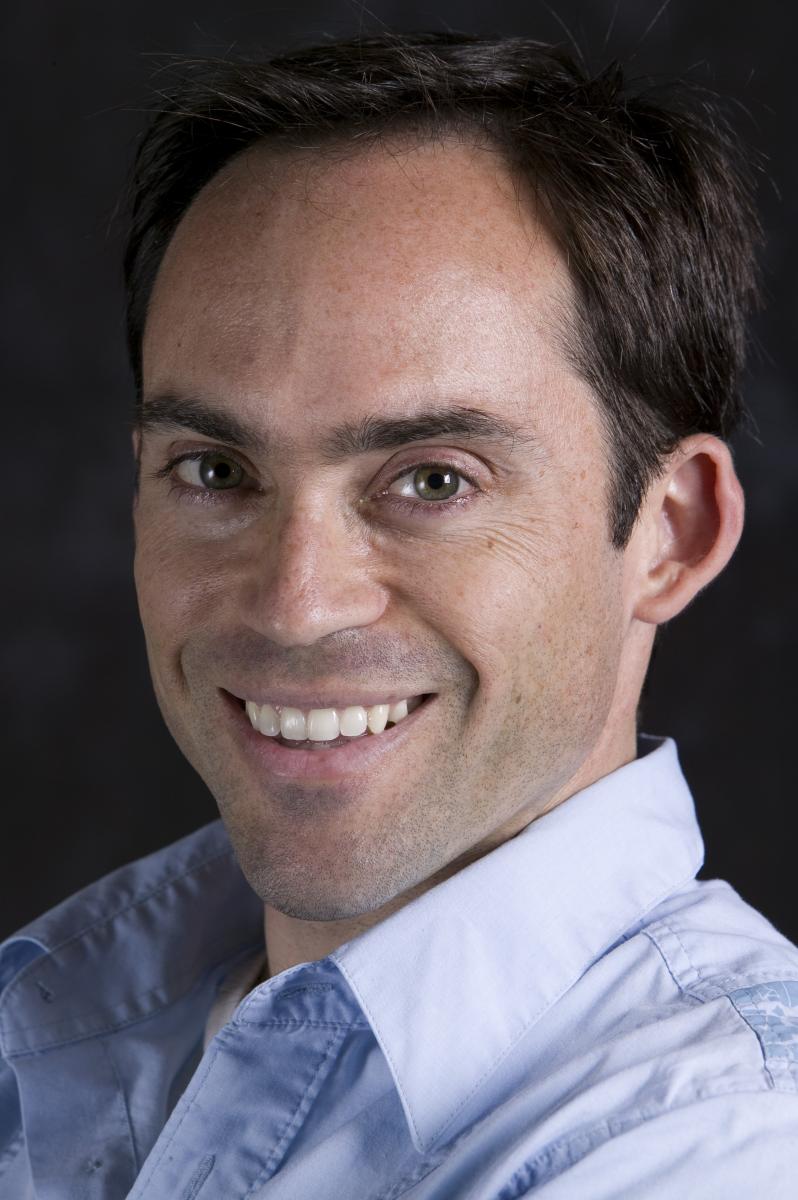 |
Dr. Adam Burgasser is a Professor of Physics at the University of California, San Diego, and director of the Cool Star Lab. He is an observational astrophysicist who studies the lowest-mass stars, brown dwarfs, and extrasolar planets. Adam is a specialist in stellar spectroscopy, low-mass binary systems, and stellar magnetic emission. In addition to his astronomical research, he conducts physics education research on metacognitive skill development, participates in art-science collaboratories, and works to address barriers to equity and inclusion in the practice of science. |
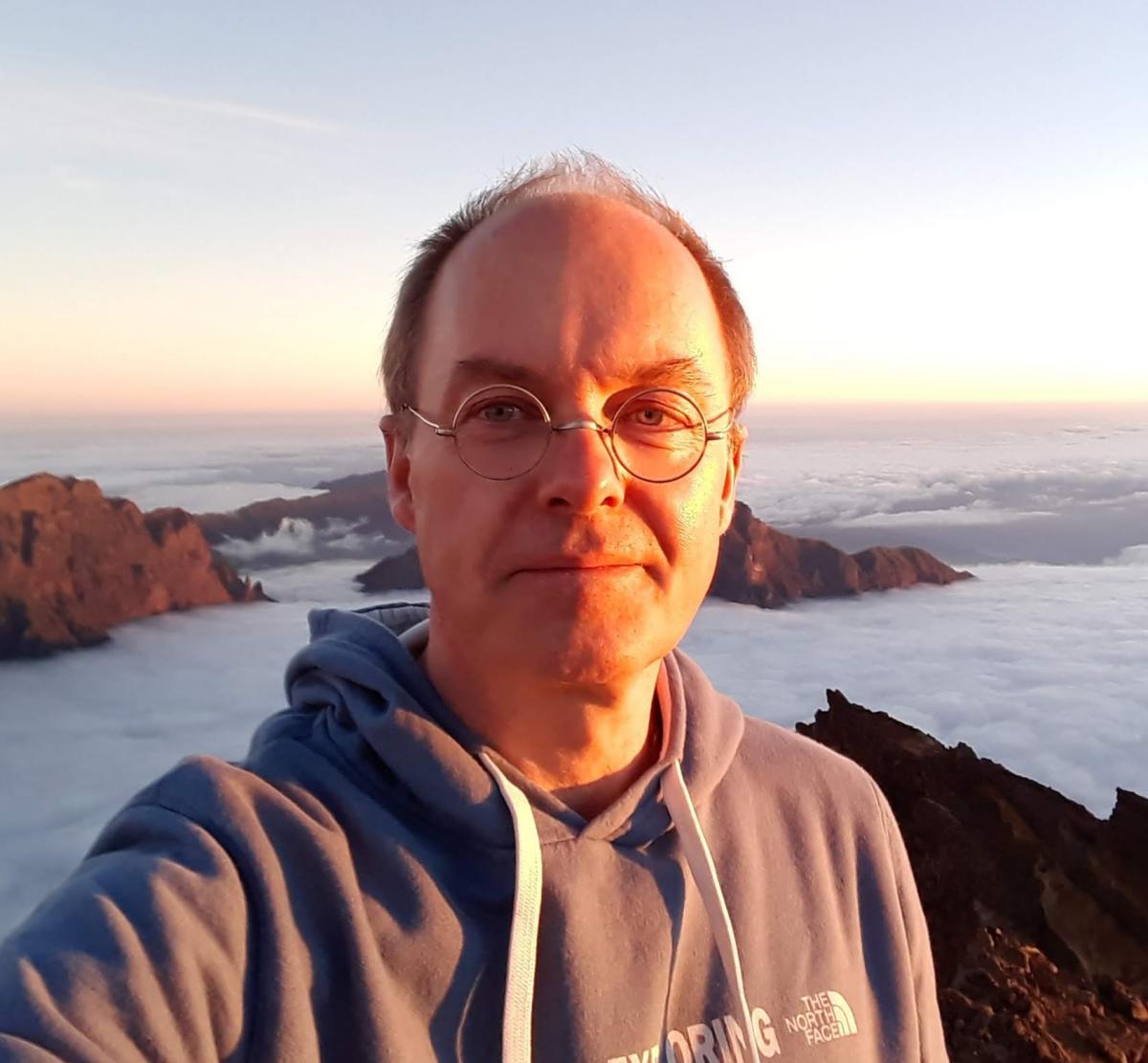 |
Dr. Boris Gänsicke grew up in Berlin during the cold war (the first question he usually gets asked is “on which side?”), where he also earned a degree in Physics. During his PhD work in Göttingen, he developed an enduring passion for cataclysmic variables, and began working with variable star observers. He later moved to the UK, eventually settling in the Midlands, where he helped set up the Astronomy group at the University of Warwick. His research remains focused on “white dwarfs with and without things going around them,” which these days include stars, brown dwarfs, other white dwarfs, and planets. |
May Speakers
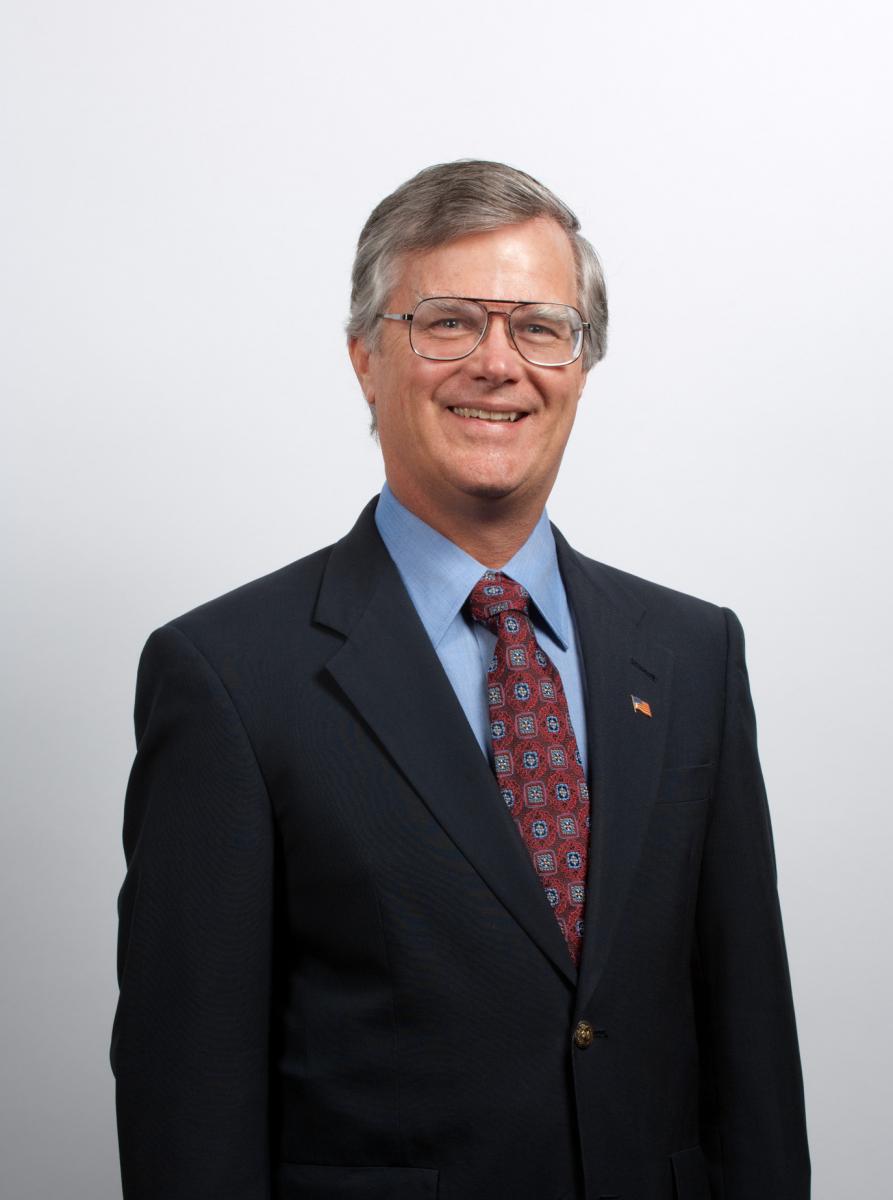 |
Bob Buchheim has been an amateur astronomer since childhood (his first telescope was a 2.5 inch Sears refractor). In the late ‘80’s he was introduced to CCD photometry, which dramatically changed his emphasis from visual deep-sky observing to photometry of asteroids and variable stars (and a recent addition: spectroscopy). He has been an AAVSO member for about a decade, and is currently on the AAVSO Board. He has submitted photometric measurements of pulsating and eclipsing variable stars, EB timing measurements, spectra of variable stars, and has participated in a few special campaigns (e.g. the M-31 “Hubble variable" campaign and the recent “b Per eclipse" campaign). He was part of the team that prepared the first draft of the DSLR observing manual, and is the author of two books describing research and education projects for small telescopes. |
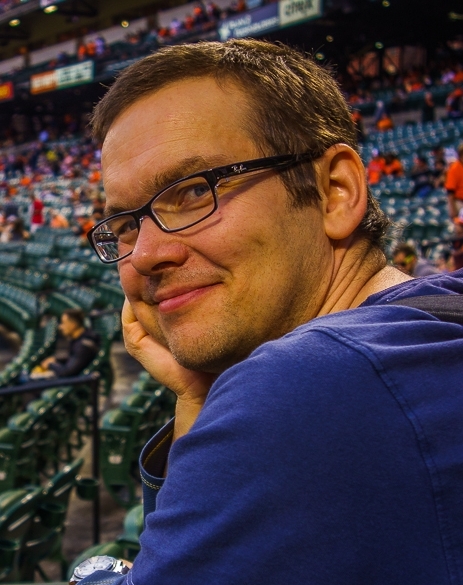 |
Dr. Christian Knigge is a Professor of Astrophysics at the University of Southampton. He obtained his PhD from the University of Oxford in 1995. After a 3-year period of postdoctoral research at the Space Telescope Science Institute in Baltimore, he was awarded a Hubble Fellowship, which he took up at Columbia University. He joined the University of Southampton as a lecturer in 2000, and was promoted to his current chair in 2011. His research interests include accretion and associated outflows, compact binary evolution, statistical methods, and computational radiative transfer. He has a particular fondness for cataclysmic variables, which he considers ideal laboratories for accretion physics. |
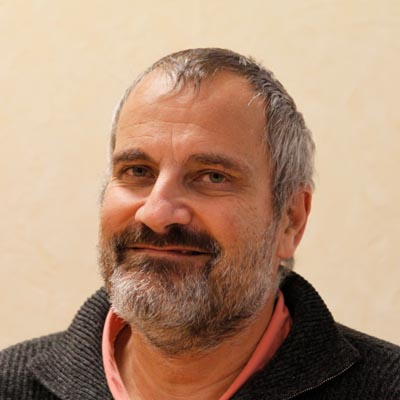 |
François Cochard is a French amateur astronomer and co-founder and manager of Shelyak Instruments. He was deeply involved in in the design and the manufacturing of instruments that are today considered standards: Lhires III, LISA, eShel, Alpy 600, and UVEX. As the organizer of the Spectro Star Party every year at the Observatoire de Haute Provence (OHP), he assisted a lot of observers in their first steps in spectroscopy. He is also the author of the book Successfully Starting in Astronomical Spectroscopy: A Practical Guide. |
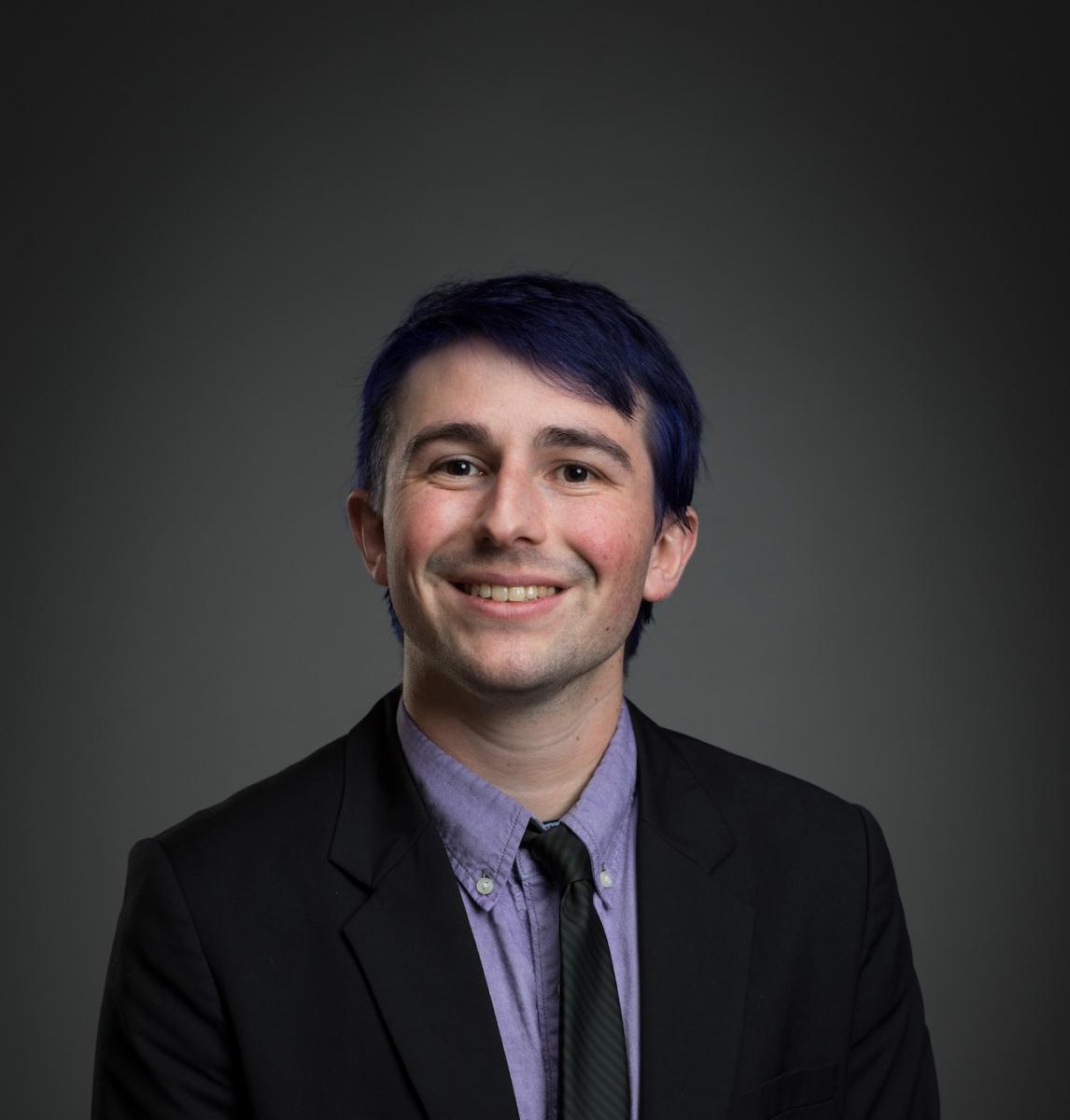 |
Trevor Dorn-Wallenstein is a sixth year graduate student at the University of Washington. His Ph.D. thesis focuses on utilizing new methods to constrain the structure and evolution of massive stars. In particular, he uses machine learning models to classify massive stars, then leverages these classifications to develop diagnostics to infer the impact of binary interactions on the evolution of stars as a function of their host environment. Recently, he has been using data from the TESS mission to probe the interiors of aging massive stars. Outside of his work, Trevor is a member of Seattle's best and only all-astronomer rock band, Night Lunch. |
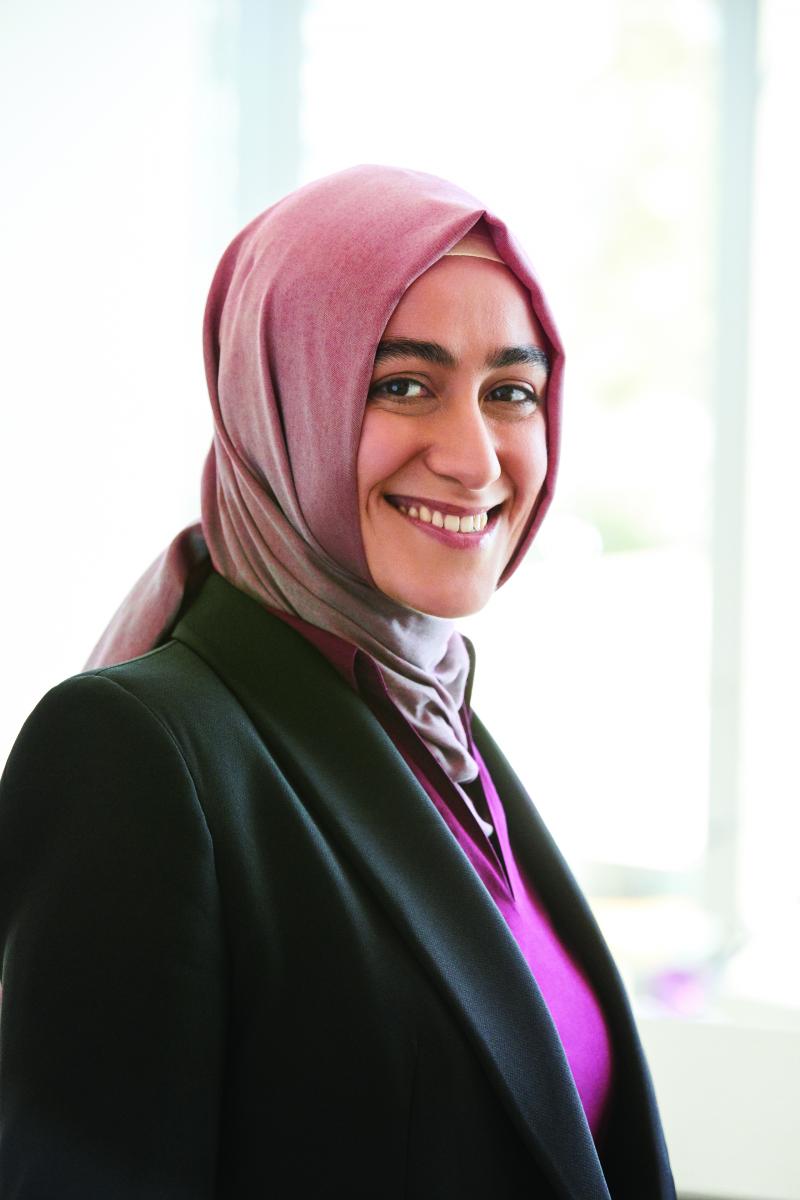 |
Dr. Burçin Mutlu-Pakdil is an observational astrophysicist at the University of Chicago. She is a lead member of several large-scale imaging surveys and uses observations of small and faint (dwarf) galaxies to study the smallest dark matter halos and how they get populated with stars. Her work has been recognized by several prestigious awards. She was honored as a 2018 Ted Fellow and 2020 TED Senior Fellow, featured in National Geographic as a “woman of impact,” named an AAAS IF/THEN Ambassador, and featured in a Science Friday film documentary, “Breakthrough: Portraits Of Women In Science.” |
June Speakers
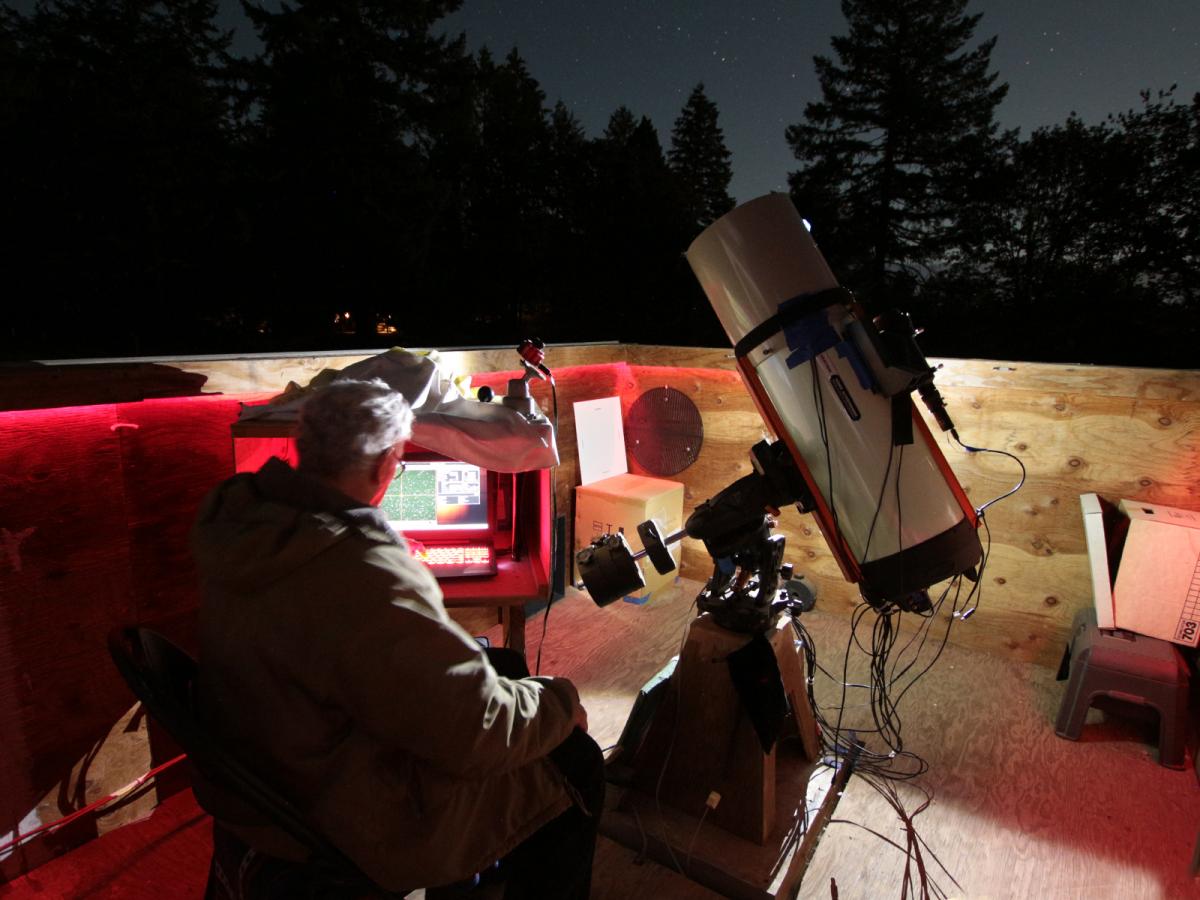 |
Richard Berry is an author, editor, telescope maker, observer, and astro-imager. He's built a variety of his own observatories and observed from many built by others. He is currently working on an observatory for his new home. |
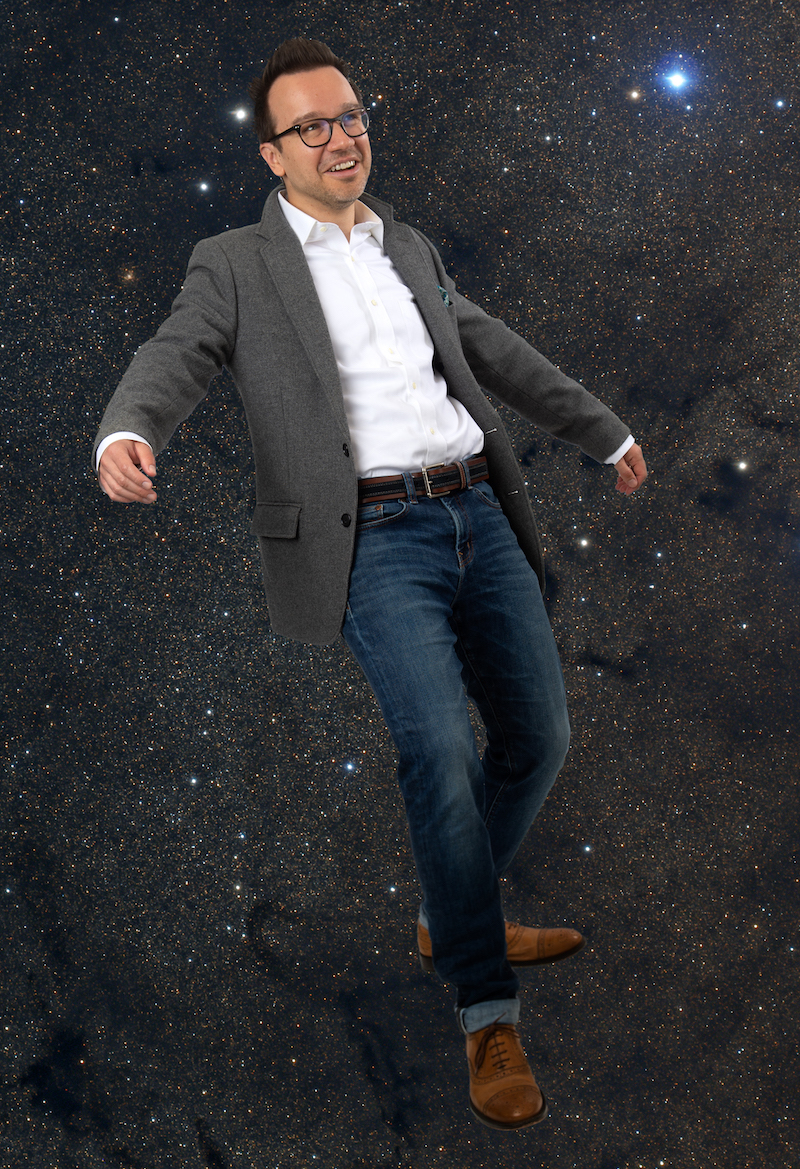 |
Dr. Dan Milisavljevic of the Supernova Early Warning System (SNEWS) Team is an Assistant Professor in the Department of Physics and Astronomy at Purdue University. He completed his undergraduate degree in liberal arts at McMaster University; masters degree in philosophy at the London School of Economics, under a Commonwealth Fellowship; and PhD in physics and astronomy at Dartmouth College. He's held research positions at Harvard University and the Smithsonian Astrophysical Observatory. Milisavljevic's research interests include multi-messenger signals of astrophysical transients discovered via time-domain surveys; autonomous AI-directed coordination of global observing facilities; the explosion mechanisms, progenitor stars, and compact object remnants of supernovae; massive star mass loss; and the formation and destruction of dust and molecules. |
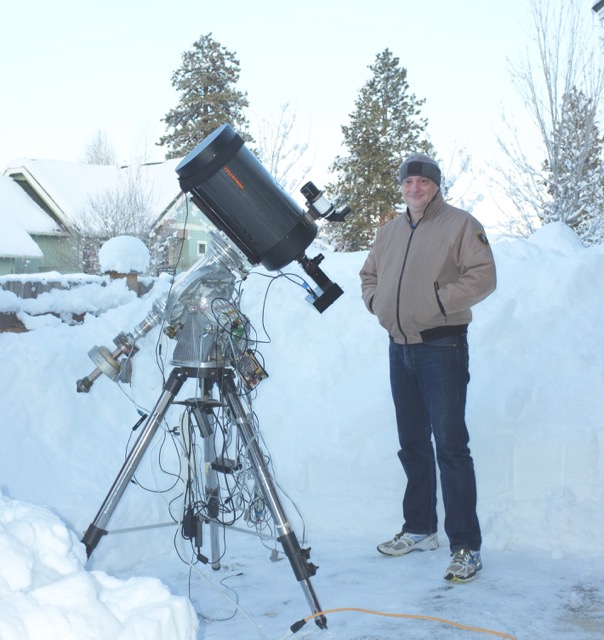 |
Tom Calderwood is head of the AAVSO Photoelectric Photometry Observing Section. He observes from Central Oregon, and is the author of "The Great Dimming of Betelgeuse" in the March 2021 issue of Sky and Telescope. A graduate of MIT in mathematics, he is a retired software engineer who worked on parallel processing computers, communication networks, video games, and the data system for the Chandra X-ray Observatory. |
July Speakers
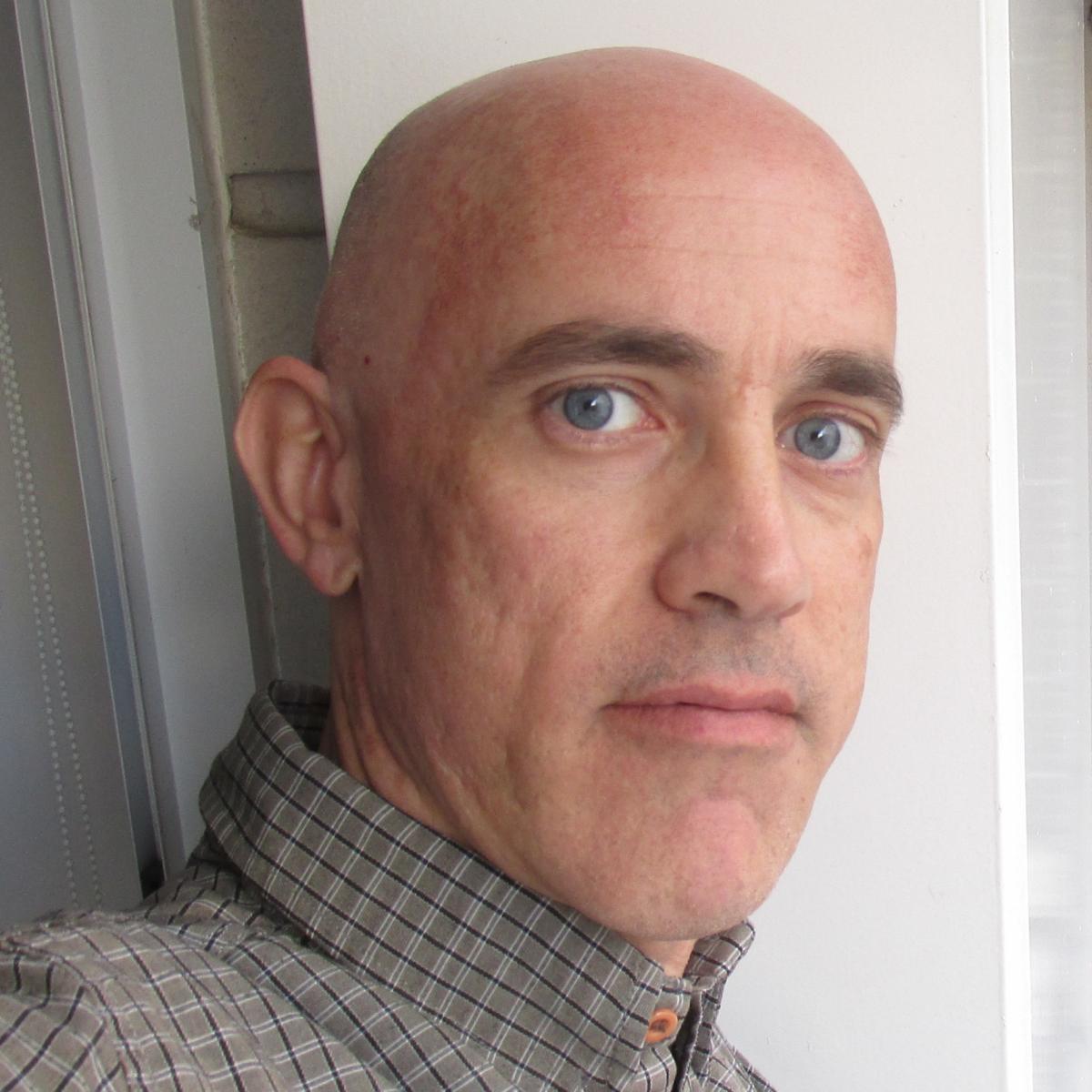 |
Sebastian Otero has been an amateur astronomer since he was a kid. He took up variable star observing around 1994, and joined the AAVSO in 1999. For 20 years he actively observed bright variables, and developed a technique to get high precision visual estimates of the brightness of naked eye objects. That was the way he discovered delta Vel's and delta Sco's variabilities. Sebastian took up data-mining research after the ASAS-3 database was launched, and started helping the AAVSO with VSX as a volunteer in 2005. In 2009, he received the AAVSO Director's Award (along with Patrick Wils) "in recognition of his unique ability to achieve high-precision visual estimates, and his mentoring of others to help them reach their visual observing potential, and of his contributions to reviewing submissions to the International Variable Star Index (VSX) and guiding observers through the submission process." He started working for the AAVSO in 2011 as an external consultant. He is now leading the VSX Team and coordinating the AAVSO Mentor Program. He also helps with Spanish translations. He works remotely from Buenos Aires, Argentina. |
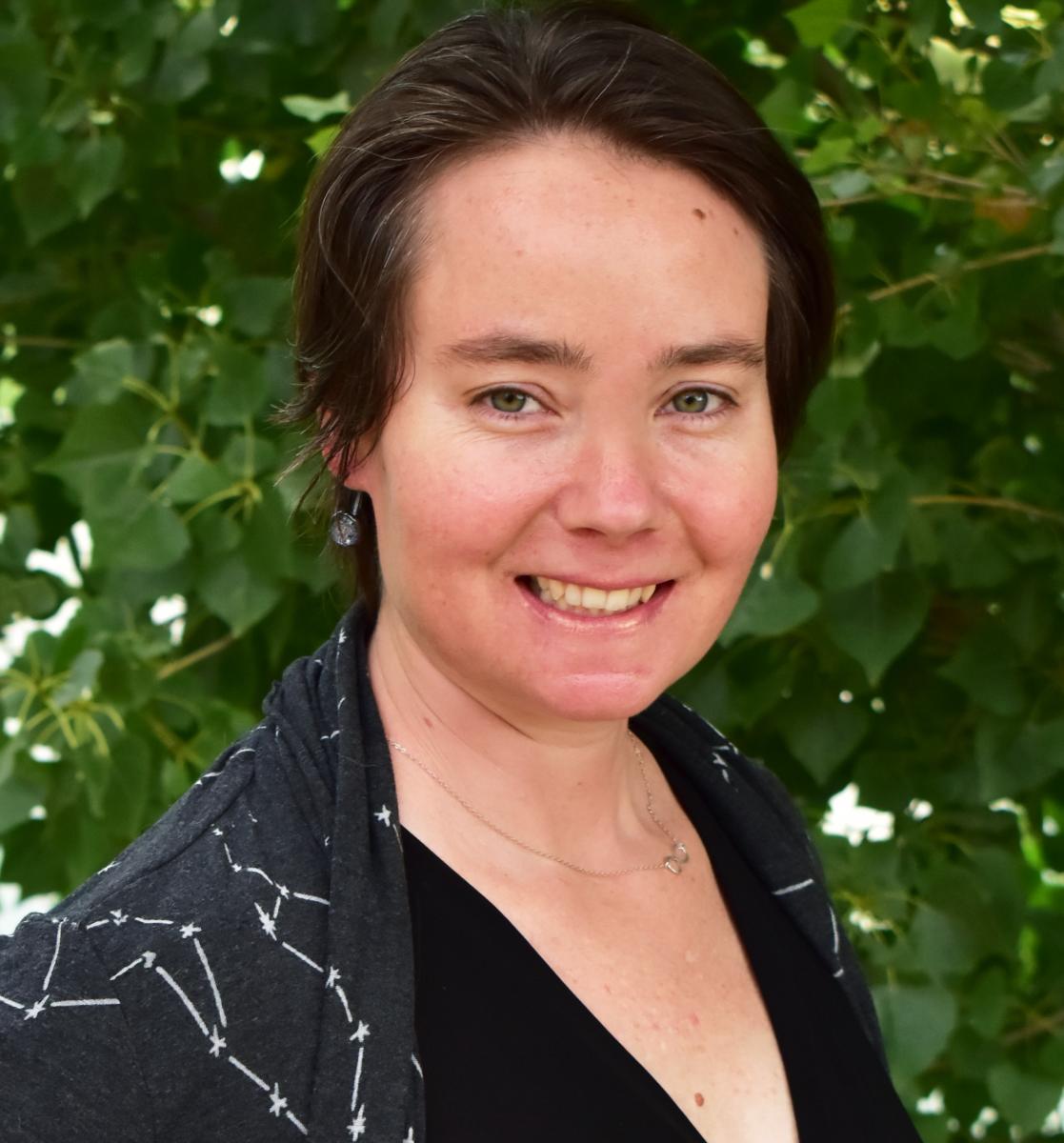 |
Sanlyn Buxner is a Senior Research Scientist and Senior Education and Communications Specialist at the Planetary Science Institute. She is also an Associate Research Professor of Science Education in the Department of Teaching, Learning, and Sociocultural Studies at the University of Arizona. Her research interests include quantitative and scientific literacy, the impact of research experiences for students and teachers, and innovative ways to support scientists who participate in public engagement. She publishes broadly in astronomy education research and collaborates on studies of students’ knowledge and motivation, research experiences in STEM settings, and outcomes in free-choice learning environments. |
 |
Kathy Vivas, Astrónomo venezolana. Licenciatura en Física (1995), Universidad de Los Andes, Mérida, Venezuela. PhD en Astronomía de la Universidad de Yale (2002), New Haven, Estados Unidos. Astrónomo del Centro de Investigaciones de Astronomía (CIDA) en Mérida, Venezuela, entre el 2002 y 201. Desde el 2013 a la actualidad, astrónomo asociado del Observatorio Inter-Americano de Cerro Tololo, un programa del NOIRLab de NSF, en donde trabaja como parte del equipo de soporte de la Cámara de Energía Oscura (DECam) instalada en el telescopio Victor Blanco de 4m. Áreas de investigación: Poblaciones estelares en la Vía Láctea y sus satélites; estrellas variables, incluyendo RR Lyrae y delta Scuti; sondeos fotómetricos. |
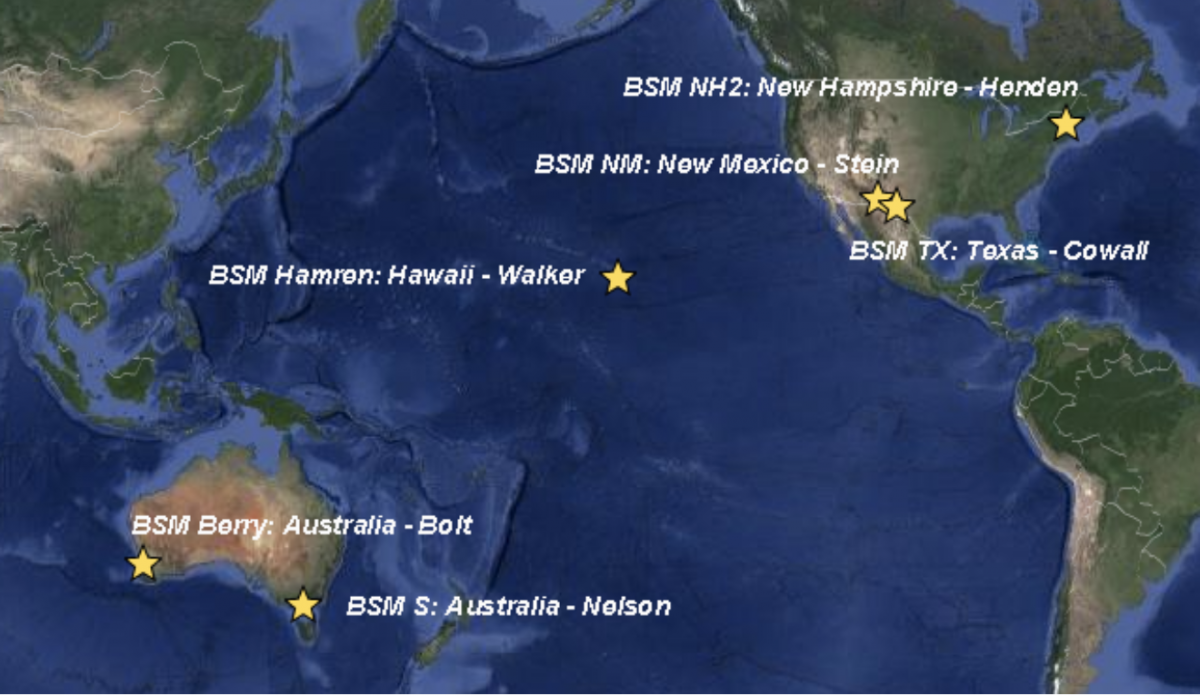 |
The Bright Star Monitor (BSM) Observing Section leadership includes David Cowall (section leader), Ken Menzies (system technical advisor), George Silvis (a system software advisor), Gary Walker (systems engineer). The Bright Star Monitors are a subset of AAVSOnet. They offer members an opportunity to do CMOS and/or CCD multi-filter observing of stars from 0 to 16 in Vmag with small, robotically controlled telescopes in multiple geographic locations, including New Hampshire and Australia. An additional benefit is that it gives dark and clear sky views to members who might not have that in their own locations. It also provides robotic observations when one is not able to personally observe at those times. Images are automatically calibrated and then provided to the users for analysis. The AAVSOnet Forum is available for questions, comments, and suggestions. For more information on the BSM section, please visit https://www.aavso.org/bright-star-monitor-section. |
August Speakers
| John Toone made his first visual observations of variable stars in 1975, aged 14, reaching the milestones of 100,000 observations in 2002 (during the AAVSO meeting in Hawaii) and 200,000 in 2020. He has been an officer of the British Astronomical Association Variable Star Section (BAA VSS) since 1981, and its chart secretary since 1987. From 2000-2002, he was involved in the international standardization of sequences based on V photometry with limited color range. He is based in Shrewsbury, UK, but has undertaken visual photometry from 17 other countries. He is married with two children, and his profession is project management specializing in construction of high voltage substations. |
| Dr. Elmé Breedt grew up under the southern hemisphere skies, so still thinks Orion looks better standing on his head.... She has lived in the UK for the past 16 years, and worked on a variety of topics, from black holes to white dwarfs. At the moment, she works at the University of Cambridge on the Gaia Science Alerts project. One particular interest is finding accreting double white dwarfs in that survey - some of the most compact binaries we know. |
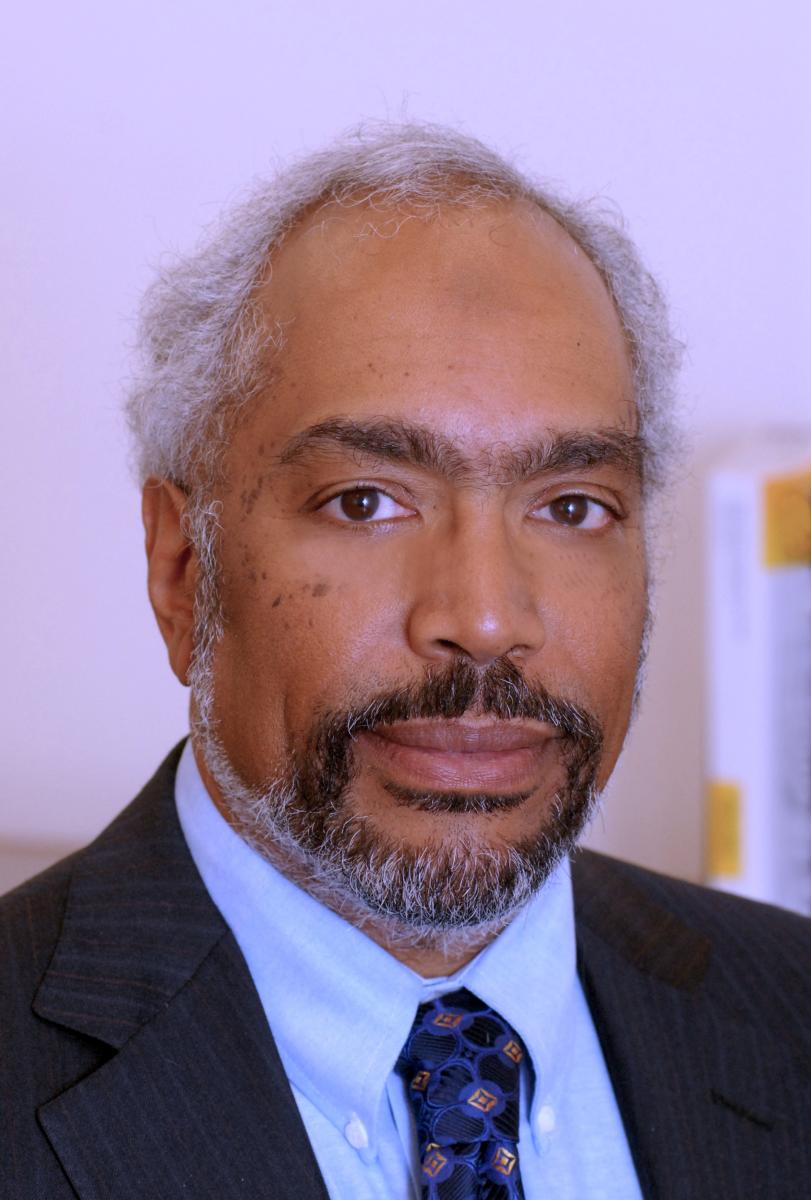 |
Gibor Basri is Professor Emeritus in Astronomy at the Univ. of California, Berkeley. He obtained his BSc in Physics from Stanford Univ. in 1973, and PhD in Astrophysics from the Univ. of Colorado, Boulder in 1979, and joined the faculty at Berkeley in 1982. At first, his work concentrated on star formation, as well as continuing studies of stellar magnetic activity. In the 1990s, he was a discoverer and early pioneer in the study of brown dwarfs, in addition to rotation and activity on low mass stars. In the 2000s he became a Co-Investigator on NASA’s Kepler mission, which revolutionized our understanding of exoplanets and took stellar science in new directions. Professor Basri has written 200 technical publications along with many review articles, and served on committees helping to award major NASA and NSF grants and TACs awarding time at the Lick and Keck observatories. |
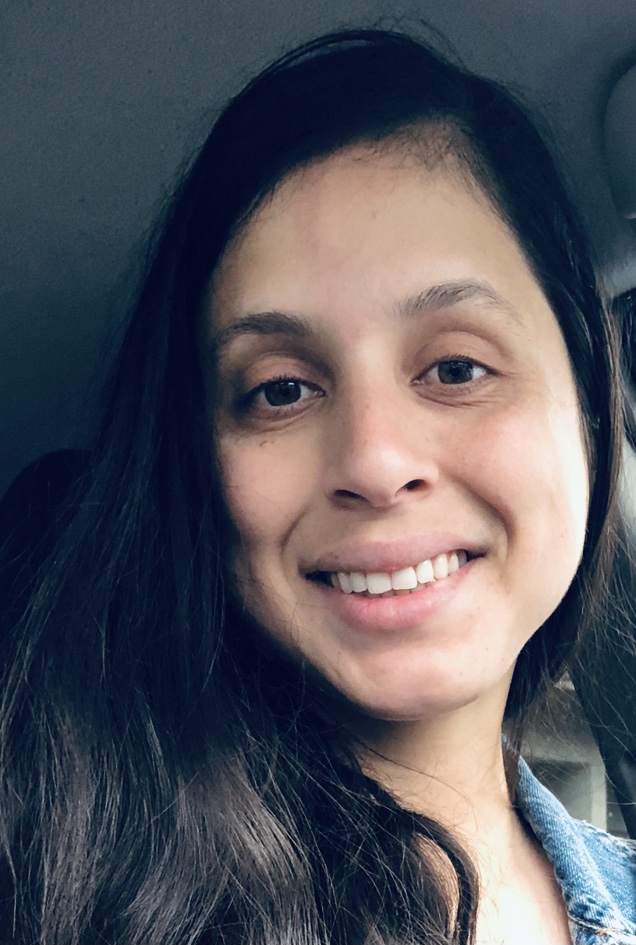 |
Ana Parra's curiosity for astronomy began after watching “The Cosmos: Spacetime Odyssey,” narrated by Neil deGrasse Tyson. She decided to answer her curiosity by taking an Astronomy 101 course at her local community college, which ultimately sparked her passion for astronomy and her goal to obtain a PhD in Astrophysics. She took up courses in math and physics in the evenings, and exoplanet research during her free time. She is currently applying for the TESS Follow-up Observing Program Sub-Group 1 membership, and learning how to use her first telescope, a Newtonian Reflector 12-inch, to one day record an exoplanet transit. |
September Speakers
Gary Billings received a B.Sc. in Physics in 1980, and then worked in the oil industry for 30+ years, specializing in processing seismic reflection data to produce images of the subsurface. He started seriously pursuing amateur astronomy in the late 90s, doing asteroid astrometry. In 2000, he migrated to variable star photometry. He is particularly interested in the timing of eclipses of binary stars.
François Cochard is a french amateur astronomer, and co-founder and manager of Shelyak Instruments company. He was deeply involved in in the design and the manufacturing of instruments that are today considered standards: Lhires III, LISA, eShel, Alpy 600, and UVEX. As the organizer of the Spectro Star Party every year at the Observatoire de Haute Provence (OHP), he assisted a lot of observers in their first steps in spectroscopy. He is also the author of the book "Successfully Starting in Astronomical Spectroscopy - a practical guide."


